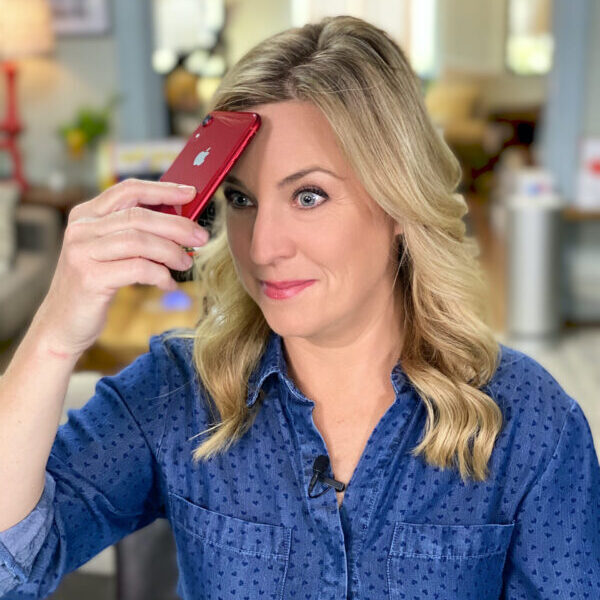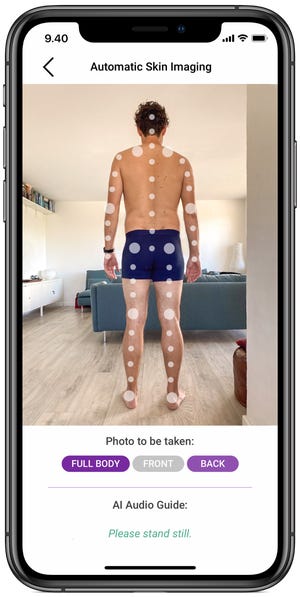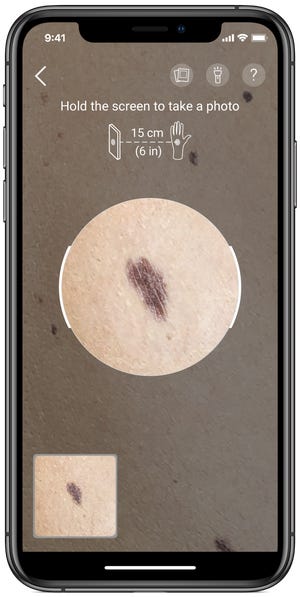
**This story originally posted/aired in USA Today**
It wasn’t long ago that cell phones were accused of potentially causing cancer. But times have changed, and the National Cancer Institute put many of our cell phone fears to rest. Now, with routine exams and trips to the doctor hampered by a pandemic, new technology and app advances on our very own smartphones may very well be the most important tools we have on hand for screening and early detection.
“I’m going to paint a wild picture,” Deloitte’s Life Sciences and Health Care, Neal Batra told me over the phone. “Imagine a magical technology that allows you to detect cancers that emerge in the body with a tech platform that is personal to you, always-on, completely private, alerts your doctor, and maybe even ultimately saves your life. Wild, right? Well, it already exists and we have many emerging examples already radically changing outcomes.”
Pandemic postpones screenings
During the first several months of the COVID-19 pandemic, cancer screenings decreased by as much as 94% across the country according to a July report by the Epic Health Research Network. Officials from the National Cancer Institute add that a sharp decline in routine screenings for breast, lung, colon and skin cancers – among others – will lead to missed and delayed cancer diagnoses that could result in more than 10,000 additional deaths from breast and colon cancer alone over the next 10 years.
How can your phone help?
One of the best examples of new tech helping bridge this pandemic-fueled health care gap is the new skin-cancer fighting app Miiskin (iOS, Android). It’s the first AI-powered app to use full-body skin mapping and augmented reality to digitally track moles, freckles, and skin changes over time.
Why is this important? One in five Americans develop skin cancer in their lifetime. Yet due to COVID concerns, skin cancer screenings were down earlier this year. While they now seem to be on the rebound, this simple, private way to track skin over time is a huge plus for doctors and patients alike.

“People can use it to document changes in their skin month by month, and then (share those results) with their dermatologist or primary care provider. (Up to) 80% of melanomas appear as new marks or moles and just 20% come from existing moles, so tracking changes in the skin is critical for catching skin cancer early,” said Jon Friis, founder of Miiskin.
The app is not a substitute for virtual or in-person visits with your doctor, and it does not evaluate risk level or diagnose skin cancer.
“Miiskin’s goal is to empower patients in between regular skin checks,” Friss adds.
The way it works is simple. You download the app, add yourinformation, such as your date of birth and email. The app shows you what to do next, like put your phone between two books and take a series of shots – either full body or close-ups of a particular mark.

The basic version of the app lets you track three existing moles and marks, do a side-by-side comparison of photos, and set reminders to take new shots every few weeks. The premium version (at $24.95/annually or $4.99/month) adds unlimited mole and mark tracking, and advanced features including what the company calls “Automatic Skin Imaging,” or ASI.
“ASI uses Apple ARKit 3’s technical computer vision capabilities to detect the scene and surroundings in combination with the person to photograph,” explains Friis. “The AR technology also augments the camera feed with a digital representation of a human being for visual assistance.”

It’s the kind of next-generation tech tool we’ve been imagining for a while now, and one I’ve already recommended to most of my friends and family.
The mHealth wave is coming
This is just the beginning of a new mobile health (mHealth) boom set to advance at a rate of nearly 40%, reaching nearly $22 billion by 2022.
Today, it’s a skin cancer prevention app – tomorrow – a tap of an app or snap of a photo could help detect a fever or prevent anemia, diabetes, Alzheimer’s, and yes, even prevention of illness like COVID-19.
“If we were to put a true North to this,” Deloitte’s Batra says, “it’s about evolving from a provider-centric healthcare system to a consumer-centered system. At the end of the day healthcare is about two things: I want to be well and when I’m not well, I want to get care. This is a massive step forward in the right direction.”
